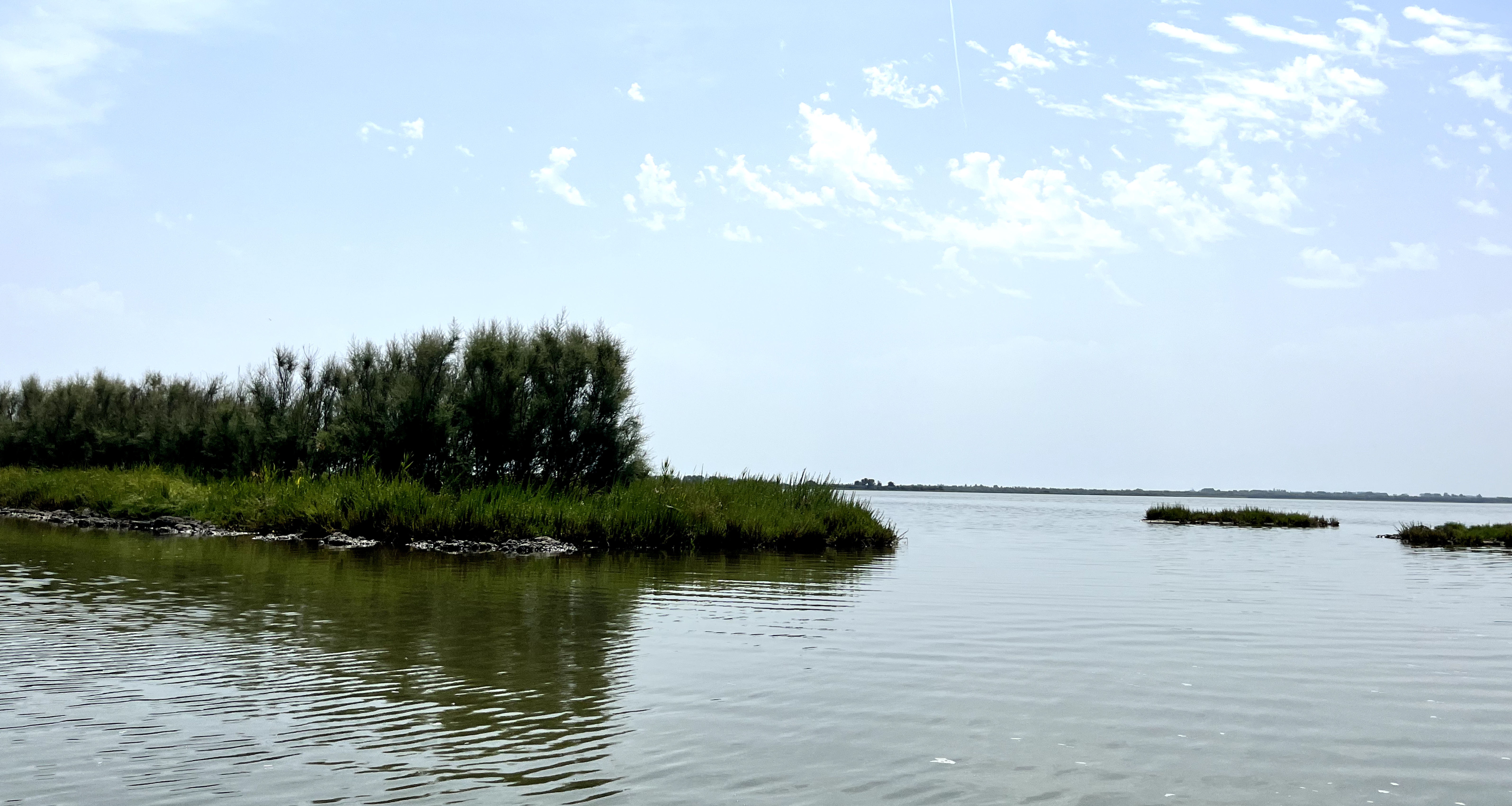Wetlands Glossary

Technical Glossary for Wetland Projects
-
Aquaculture: The farming of aquatic species in controlled environments, where greenhouse gas emissions can be linked to the transformation of fish urea.
-
Bio-Geo-Chemical Cycles: Natural processes through which chemical elements (e.g., carbon, nitrogen, phosphorus) move between living organisms, the soil, water, and the atmosphere. These cycles regulate ecosystem functioning and are essential for environmental sustainability.
-
Carbon Modelling: The use of scientific models, based on international guidelines (such as those from the IPCC), to estimate an area’s ability to absorb and store CO2.
-
CO2 Sequestration and Storage: The process in which carbon is captured from the environment (e.g., vegetation or soil) and stored, helping to reduce greenhouse gas emissions in the atmosphere.
-
Dead Organic Matter (DOM): Remains of dead plants and animals that contribute to the nutrient cycle and soil formation, playing a key role in carbon sequestration.
-
Digital Platforms for Community Engagement: Online tools that allow the community to access and view real-time environmental data, raising awareness about the importance of conservation.
-
Emergent Vegetation: Plants that grow above the water level, with the ability to sequester organic carbon in both above-ground biomass and underground soil.
- Environmental Monitoring Technologies: Advanced systems like satellites, drones, and remote sensing to gather real-time data on environmental quality, soil composition, and biodiversity.
- Environmental Restoration: Actions aimed at restoring the functionality and ecological balance of a damaged ecosystem, such as reconnecting a valley to its original hydraulic system.
- Euryhaline Species: Animal or plant species capable of adapting and surviving in environments with wide variations in salinity, such as brackish zones or estuaries. These species are particularly adaptable and can live in both fresh and saline waters, sometimes even in waters with varying salinity.
- Extensive Aquaculture: A farming method that utilises the natural resources of an environment, such as lagoons or brackish valleys, without the use of artificial feed. The farmed species feed on the local flora and fauna, and human intervention is limited to hydraulic management and fish population control.
- Fishing Weirs: Structures used in extensive aquaculture to catch fish species, positioned along channels connecting to the sea.
- Fish Harvesting Works: Structural and operational interventions aimed at collecting and removing fish species from an aquatic environment, such as a brackish valley or reservoir. These operations, performed with specialised equipment like nets or traps, are essential for managing fish populations, ecosystem health, and maintaining ecological balance, especially in aquaculture contexts.
- Geographic Information Systems (GIS): Tools used to map and analyse the geographical and environmental characteristics of an area, aiding in the planning of targeted interventions.
- Greenhouse Gases (GHG): Gaseous substances in the atmosphere that contribute to global warming, such as CO2, methane (CH4), nitrogen oxides (NOx), etc.
- Hypersalinity: A condition where an aquatic environment has a salt level higher than normal, typical of marine waters. This can occur in lagoons or wetlands with high evaporation and limited water exchange, affecting biodiversity and ecological balances.
- Hyposalinity: A condition where an aquatic environment has a salt level lower than normal for marine waters. It can result from freshwater influx, such as rivers or rain, affecting ecosystem composition and species present.
- Innovative Conservation Practices: New methods for protecting and managing the environment, such as planting species with a high carbon sequestration capacity and sustainable water resource management.
- Non-CO2 Greenhouse Gas Emissions: Gases such as nitrogen oxides (NOx) and methane (CH4), which are produced in various ecosystems and affect the carbon balance in the atmosphere.
- Valliculture: A type of aquaculture practiced in brackish valleys, where fish species are fed by the natural productivity of the surrounding environment without the use of artificial feed.
- Wetland: Marshy and aquatic areas that act as carbon sinks, absorbing and storing CO2eq through aquatic vegetation and organic matter in the soil.
- Water Management Systems: Structures and technologies used to regulate water flows in ecosystems such as wetlands, essential for managing aquaculture and protecting natural environments.